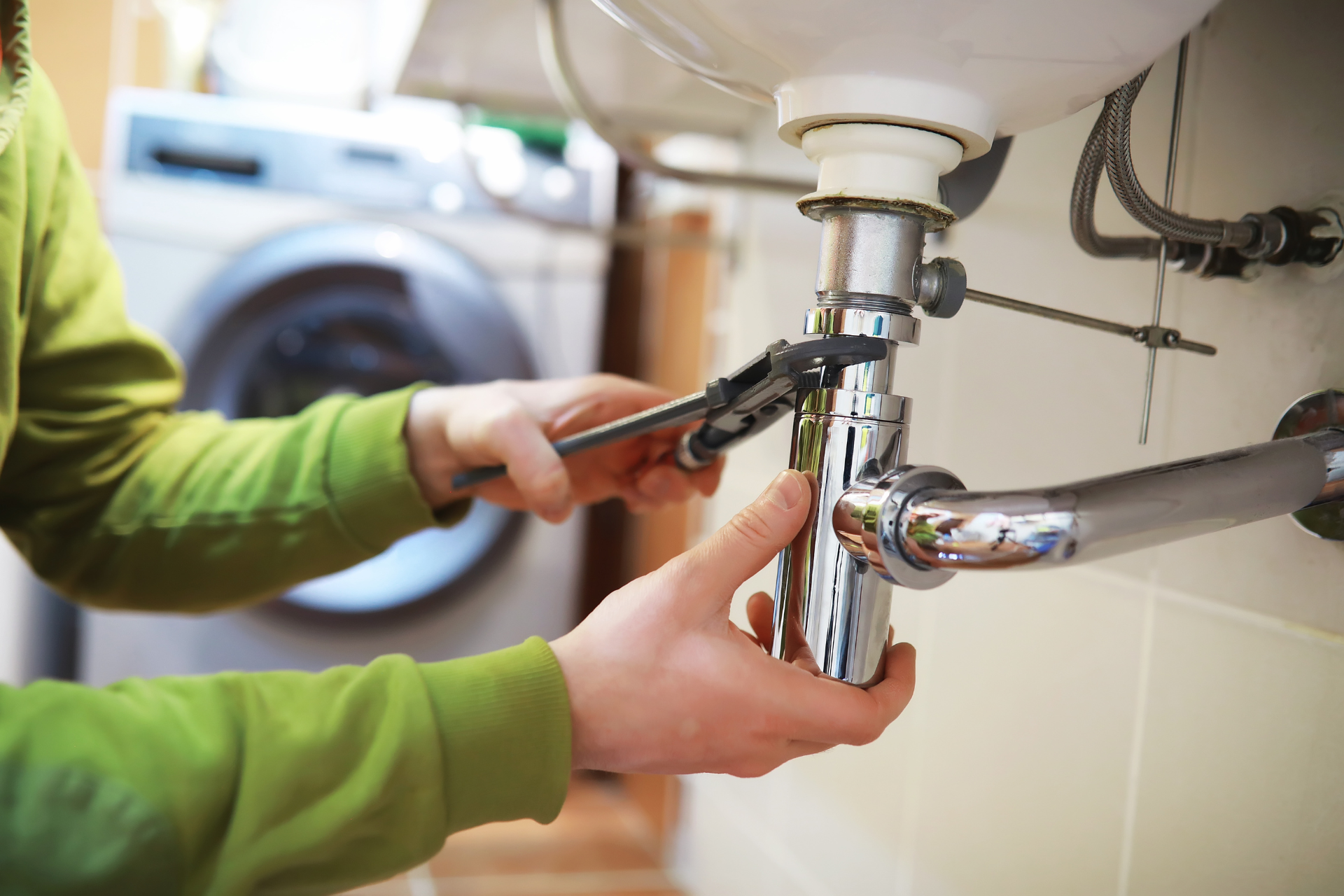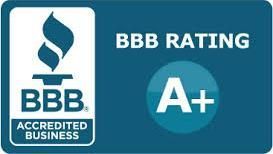News
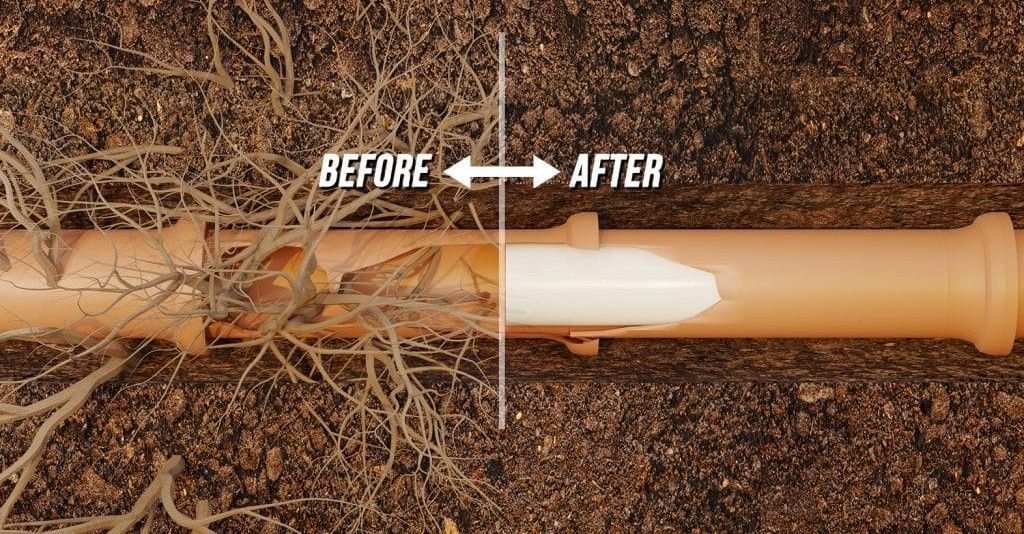
Riverway Plumbing & Mechanical is your go-to provider in Bloomington, IN for a variety of eco-friendly and non-invasive plumbing services. When your pipes need repair, trenchless pipe lining is an excellent choice. Trust us as your reliable plumber in Bloomington, IN for professional and dependable services. We offer trenchless pipe lining in Bloomington, IN, as well as the surrounding areas of: Bedford, IN Mitchell, IN Nashville, IN Martinsville, IN and more! Understanding Trenchless Pipe Lining Trenchless pipe lining is a modern method of pipe repair that avoids extensive digging. Essentially, we create a new pipe within the existing one. Our process begins with a thorough inspection to ensure trenchless pipe lining is feasible. In rare instances, this method may not be suitable. More often, we need to clean your pipes before lining them. If cleaning is required, we utilize advanced hydro jetting technology to clear out debris. Once your pipes are prepared, we apply a durable epoxy mixture to a liner and insert it into the pipe. After the liner solidifies, we remove it and verify that your pipes are properly repaired. This technique can also be applied to sewer lines. We provide trenchless sewer repair in Bloomington, IN for both residential and commercial properties. Count on us for all your pipe repair and replacement needs. Benefits of Our Trenchless Pipe Lining Many homeowners in Bloomington, IN prefer not to have their yards disrupted by pipe repairs. Trenchless pipe replacement is ideal for preserving your landscape, requiring only minimal digging through a single access point. In addition to top-notch pipe inspections, our company can line pipes ranging from 2 inches to 12 inches in diameter. We repair cast iron and clay pipes and handle both residential and commercial projects. Sewer line issues are a common concern for homeowners. We simplify the process with trenchless sewer replacement in Bloomington, IN, offering the same benefits as trenchless pipe lining for other pipes. Trenchless sewer repair and replacement are quicker and safer than traditional methods, avoiding the use of harmful chemicals and preserving your yard. Despite the minimal property damage, trenchless pipe repair is often more affordable than traditional methods, making it a smart choice. We offer free estimates for trenchless pipe lining to residents and businesses in Bloomington, IN. Our services are environmentally friendly, effective, and cost-efficient. If your pipes need replacement rather than repair, we also provide pipe replacement using the traditional excavation method. Schedule Your Trenchless Pipe Repair Today! Don't delay in scheduling pipe repairs to prevent further damage to your home or business. Contact Riverway Plumbing & Mechanical today for trenchless sewer pipe repair in Bloomington, IN, and we'll arrange a free estimate. We also offer the following services in the Bloomington and surrounding areas. Sewer Camera Inspections Hydro Jetting UV CIPP Lining & Relining
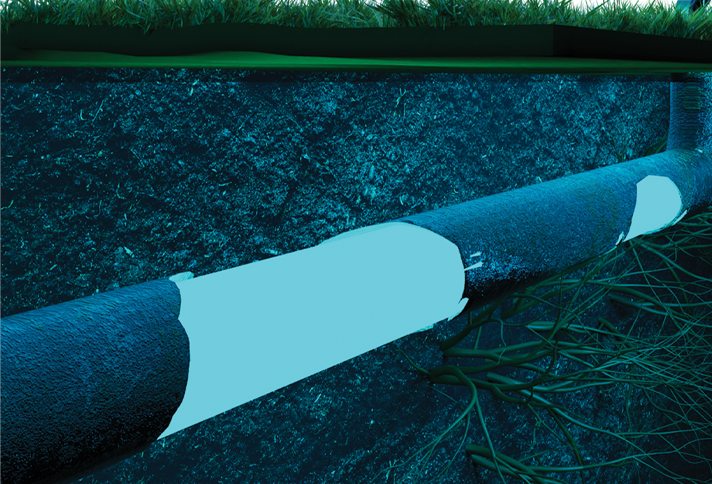
Sewer repairs and replacements have traditionally been a daunting task, often involving extensive excavation, disruption to landscapes, and significant costs. However, the advent of advanced UV cast-in-place pipe technology has transformed this process, making trenchless pipelining a viable and efficient solution for sewer repairs and replacements. What is UV Cast-In-Place Pipe Technology? UV cast-in-place pipe technology is a cutting-edge method that utilizes ultraviolet light to cure resin-saturated liners within damaged pipes. This innovative approach allows for the creation of a new, seamless pipe within the existing one, without the need for digging up the property or performing street cuts. How Does It Work? The process begins with a thorough inspection of the damaged sewer pipe using a small camera. This inspection helps identify the extent of the damage and the best approach for repair1. Once the pipe is cleaned and prepped, a flexible liner coated with UV-sensitive resin is inserted into the pipe. The liner is then inflated and cured using UV light, which hardens the resin and forms a durable new pipe within the old one. Benefits of Trenchless Pipe Lining 1. Minimal Disruption : One of the most significant advantages of trenchless pipe lining is that it eliminates the need for excavation. This means no digging up lawns, driveways, or streets, preserving the property's aesthetics and reducing the inconvenience to homeowners and businesses. 2. Cost-Effective : Traditional sewer repairs can be costly due to the labor and machinery required for excavation. Trenchless pipe lining reduces these costs by minimizing the need for extensive digging and reducing the time required for repairs. 3. Quick and Efficient : UV cast-in-place pipe technology allows for rapid curing times, often within minutes. This speed not only reduces the overall repair time but also minimizes the downtime for the sewer system. 4. Durability : The cured-in-place pipe created using UV technology is highly durable and resistant to corrosion, ensuring a long-lasting solution to sewer problems. Applications and Future Potential UV cast-in-place pipe technology is suitable for various applications, including residential, commercial, and municipal sewer systems. Its ability to navigate bends and transitions within pipes makes it a versatile solution for complex sewer networks. As technology continues to advance, the potential for UV cast-in-place pipe technology to revolutionize sewer repairs and replacements is immense. With ongoing improvements in materials and methods, this trenchless approach promises to become even more efficient and cost-effective, paving the way for a future where sewer repairs are quick, seamless, and minimally disruptive. Conclusion Advanced UV cast-in-place pipe technology is a game-changer in the field of sewer repairs and replacements. By offering a trenchless solution that eliminates the need for excavation, it provides a cost-effective, efficient, and durable method for addressing sewer issues. As this technology continues to evolve, it holds the promise of transforming the way we approach sewer repairs, making them less intrusive and more sustainable for the future. Call or contact Riverway Plumbing today to schedule your free estimate!

If you or your family members suffer from allergies, your home's HVAC system could be playing a bigger role than you think. Poor indoor air quality can aggravate allergy symptoms, leading to sneezing, congestion, headaches, and even long-term respiratory issues. According to the Environmental Protection Agency (EPA), prolonged exposure to indoor air pollution can cause immediate discomfort and may contribute to chronic health problems over time. Your HVAC system is responsible for circulating air throughout your home, but if not properly maintained, it can also spread allergens like dust, pet dander, mold spores, and even harmful gases. Regular HVAC maintenance is essential to improving indoor air quality and reducing allergy triggers. Let’s explore some key factors that could be making your allergies worse and how to address them. 1. Dust and Dirty Air Filters One of the main culprits behind poor indoor air quality is a dirty or clogged air filter. Your HVAC system relies on filters to trap dust, pollen, and other airborne particles before they circulate through your home. However, when filters are not replaced regularly, they can become overloaded, allowing allergens to pass through and recirculate. Solution: Change your air filter at least every three months—or more frequently if you have pets or live in a high-pollen area. Consider upgrading to high-efficiency particulate air (HEPA) filters, which are designed to trap even the smallest allergens. 2. Mold Growth in Your HVAC System Mold thrives in moist environments, and certain parts of your HVAC system—such as the drip pan, evaporator coils, and air ducts—can create the perfect conditions for mold growth. Once mold spores enter the air circulation, they can cause allergic reactions and respiratory problems. Solution: Schedule routine HVAC inspections to detect and eliminate mold early. If you suspect mold growth in your air ducts or unit, an HVAC technician can clean and sanitize the affected areas. Additionally, using a dehumidifier can help control moisture levels in your home, reducing the risk of mold buildup. 3. Pet Dander and Pollen Circulation If you have pets, their dander can get trapped in your HVAC system and circulate through your home, exacerbating allergy symptoms. Similarly, pollen from outside can enter your home through open doors and windows and get trapped in your system’s air filters and ductwork. Solution: Regularly vacuum and dust your home to minimize pet dander buildup. Keep windows closed during high-pollen seasons and use an air purifier to reduce airborne allergens. You can also consult an HVAC professional about installing an advanced filtration system that can help capture pet dander and pollen more effectively. 4. Carbon Monoxide and Indoor Air Quality Carbon monoxide (CO) is an invisible, odorless gas that can cause health problems, including symptoms that mimic allergies, such as headaches, dizziness, and nausea. Low-level exposure over time can be harmful, making it crucial to ensure your HVAC system isn’t leaking CO. Solution: Install a carbon monoxide detector in your home and have your HVAC system inspected regularly for leaks. If your HVAC technician detects any issues, they can recommend repairs or system upgrades to keep your home safe. 5. Lack of Regular HVAC Maintenance An HVAC system that isn’t properly maintained can become a breeding ground for allergens and contaminants. Dust, mold, and bacteria can accumulate in the ductwork and components, leading to poor air quality and worsened allergy symptoms. Solution: Schedule annual HVAC maintenance to ensure your system is clean and operating efficiently. This includes duct cleaning, checking for mold and leaks, and replacing filters. Regular maintenance not only improves indoor air quality but also extends the lifespan of your system and enhances energy efficiency. Breathe Easier with Professional HVAC Maintenance Your HVAC system should help improve your home's air quality—not make it worse. By taking simple steps like changing air filters, cleaning ducts, and scheduling routine maintenance, you can reduce allergens in your home and create a healthier living environment for your family. If you're concerned about your indoor air quality, Riverway Plumbing can help! Our team of experienced HVAC professionals is here to inspect, clean, and optimize your system to ensure better air circulation and allergen reduction. Contact Riverway Plumbing today at (812) 327-8080 to schedule a consultation and start breathing easier!
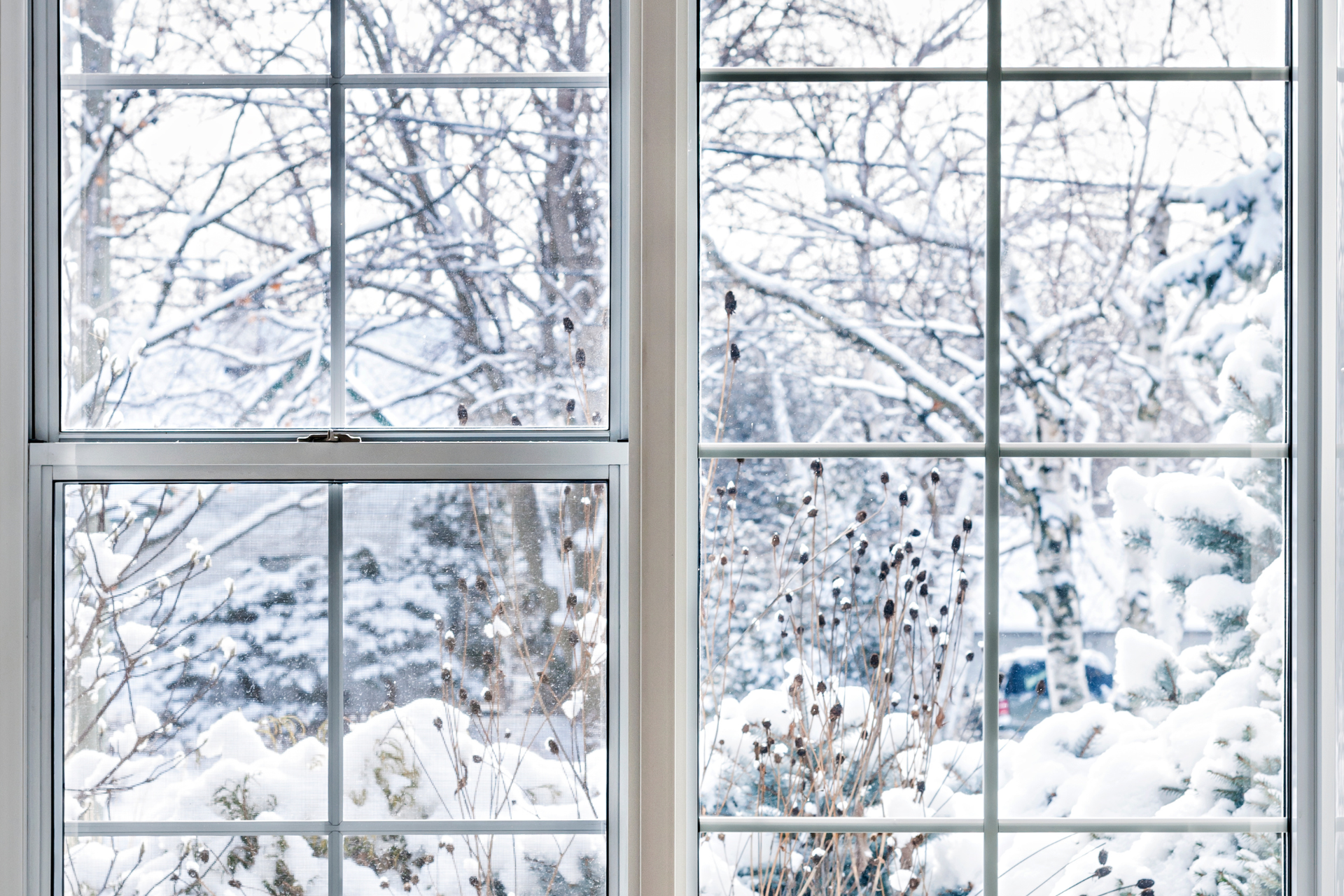
Winter is just around the corner, and it's time to prepare your home for the chilly months ahead. Ensuring your HVAC system is ready for winter is crucial for maintaining a comfortable and efficient home environment. Here are seven winterization tips from Riverway Plumbing & Mechanical to help you get your HVAC system ready for the cold season. 1. Shut Down Your Outdoor Pipes With the arrival of winter, you won't need to water your grass, so it's essential to shut down your outdoor faucets and drain the water from the pipes. These pipes are often the first to freeze, which can lead to costly repairs. Locate the shutoff valve for your outdoor faucets and ensure all the water is removed before the temperature drops. 2. Insulate Exposed Pipes Pipes that run along the exterior of your home or in your garage are vulnerable to freezing temperatures. Adding insulation to these pipes can prevent them from freezing and bursting. If you're unsure which pipes are exposed, consider doing a walkthrough with a qualified technician. An easy and cost-effective solution is to wrap the pipes with pool noodles. Additionally, keeping your garage door closed during the winter can help protect these pipes from the cold. 3. Identify the Water Shutoff Valve Knowing the location of your home's main water shutoff valve is crucial in case of emergencies. This valve is usually separate from your outdoor plumbing valve. Familiarize yourself with its location and operation before winter arrives. In some cases, turning off the water may require pliers or a specialized key, so it's wise to have these tools on hand to avoid any delays during an emergency. 4. Prep Your Furnace Your furnace plays a vital role in keeping your home warm during the winter. Throughout the year, debris can accumulate inside the furnace, affecting its efficiency and air quality. Before winter, vacuum out the dust and dirt particles collected inside the furnace to ensure it operates smoothly. Regular maintenance, including this step, will help keep your system running efficiently. 5. Change the HVAC Filter One of the simplest yet most important steps in winterizing your HVAC system is changing the filter. If you haven't replaced the filter since last fall, now is the time to do it. A clean filter ensures your HVAC system runs efficiently and maintains good air quality. This step is often included in a standard HVAC tuneup. 6. Troubleshoot Your Thermostat It's essential to ensure that your thermostat is accurately regulating your home's temperature. Match the temperature setting on your thermostat with the actual temperature in various rooms. If there are discrepancies, it could indicate issues with your HVAC system, insulation, or the thermostat itself. If you have a programmable thermostat, make sure the settings are appropriate for your winter heating schedule. 7. Clean the Air Vents Clean supply and return air vents are crucial for an efficient heating system. Over time, dust and debris can clog these vents, reducing your system's effectiveness. Ask an HVAC technician to show you the best methods for cleaning the vents. A thorough heating system tuneup will address this and other maintenance needs, ensuring your system is ready for winter. Winterizing your HVAC system is a vital step in maintaining a comfortable and efficient home during the colder months. By following these tips, you can prevent common issues and ensure your system operates smoothly throughout the winter. If you need assistance with any of these steps or want to schedule a professional tuneup, contact Riverway Plumbing & Mechanical. We're here to help you stay warm and cozy all winter long.
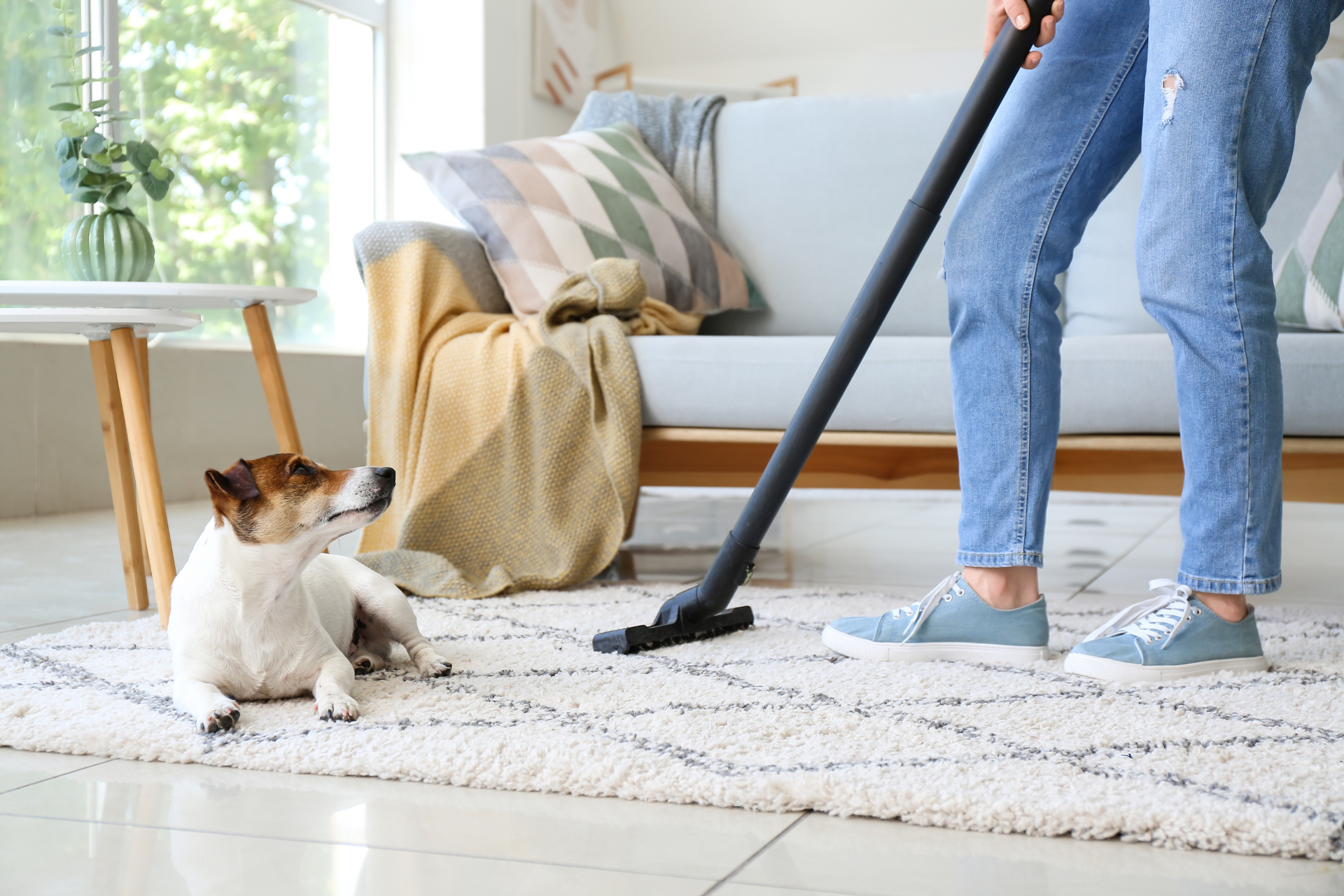
We love our pets. They are our constant companions, our best friends, and even our running buddies. However, with pets comes the shedding and dander. Pets are an addition to the mindful equation of how to keep your HVAC systems at home working efficiently. Many people don’t realize how much a pet can affect their HVAC system. It’s important to take care of your pet, like grooming and bathing, in addition to keeping your HVAC system running properly. Here are some essential maintenance tips to help ensure the success of your HVAC system. Check and Change Filters Pet dander consists of tiny particles of dead skin that become airborne in your home. This floating dander gets caught in your filters, eventually blocking the air conditioner’s airflow and causing it to stop working efficiently. Even though the air conditioner continues to run, you won’t get the cooling results you expect, leading to higher energy bills. Regularly changing your air filters, or purchasing higher-quality filters, can help prevent this issue. Groom Your Pets Regular grooming can reduce the amount of hair and dander that ends up in your HVAC system. Pets tend to shed more in warmer weather, so it’s important to bathe and groom them routinely. Keeping your pets clean and well-groomed will reduce the amount of dirt, grease, and allergens in your home, thus extending the lifespan of your HVAC system and keeping your pets healthier and happier. Clean, Clean, Clean Pet dander is a major allergen and can significantly impact your home’s air quality. Always use natural or fragrance-free cleaning products to improve air quality. Pet hair and dander can clog air vents, so when vacuuming the floors, use the hose attachment to clean around your air vents. This will help remove hair and dust that may accumulate. Additionally, consider getting a professional AC duct cleaning service to ensure all areas are thoroughly cleaned, preventing viruses and bacteria from spreading. HVAC Filter Upgrades Just like there are different breeds of pets, there are various types of HVAC filters. Homes with pets benefit from HVAC filters with higher MERV ratings. While most residential filters have a MERV rating of around 2, a home with pets should have filters with a MERV rating of 8 or higher for optimal performance. If you need help selecting the right filter for your HVAC system, reach out to us at Riverway Plumbing & Mechanical! Check for Exposed Wires Pets love to chew on things, including exposed HVAC wires. To prevent your pets from turning these wires into chew toys, enclose them in conduits. For outdoor units, consider building a fence barrier to keep your pet from playing too close. Ensure there is a minimum 3-foot clearance around the unit to keep it functioning properly and protect your pet. Invest in a Programmable Thermostat A programmable thermostat can be a great investment for pet owners. It allows you to adjust the temperature settings in your home while you’re away, ensuring your pets stay comfortable without wasting energy. With a programmable thermostat, you can lower, raise, or turn off the temperature settings remotely, saving money and maintaining a comfortable environment for your pets. By following these guidelines, you can help ensure your HVAC system runs efficiently and your pets stay comfortable. With summer just around the corner, maintaining your air conditioner is crucial. Regular cleaning and maintenance will allow for a cool summer and a comfortable indoor environment. Contact Riverway Plumbing & Mechanical today for more information and assistance with your HVAC maintenance needs!
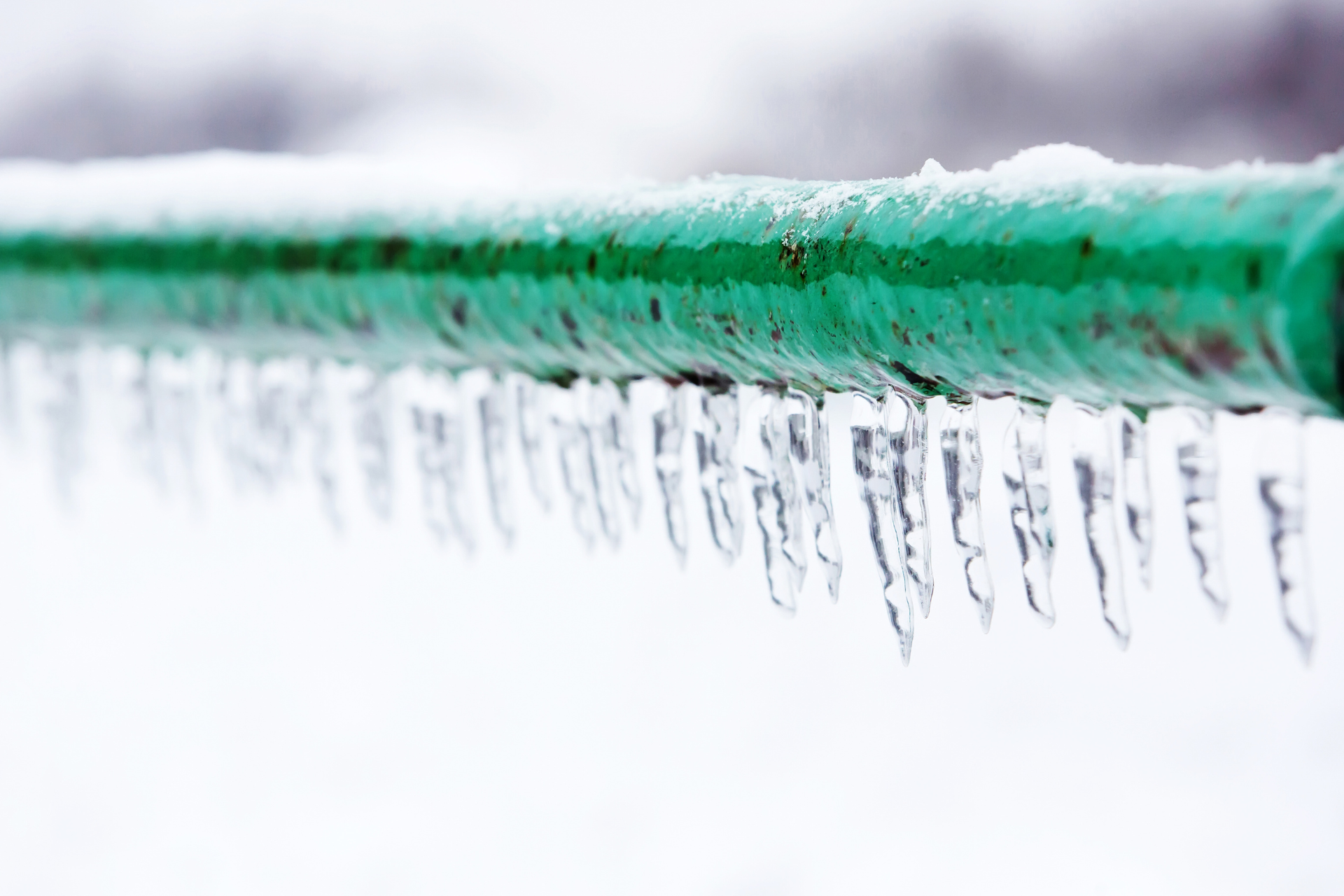
As temperatures drop, the risk of frozen pipes increases, which can lead to significant damage and costly repairs. At Riverway Plumbing & Mechanical, we understand the importance of maintaining your plumbing system, especially during the colder months. This guide will help you identify and thaw frozen pipes to prevent lasting damage and restore the flow of water throughout your home. How to Identify Frozen Pipes Frozen pipes can cause a range of problems, from reduced water pressure to complete water stoppage. Here are some signs that might indicate a frozen pipe: Reduction in Water Pressure : Noticeably lower water pressure can be a sign of a frozen pipe. Leaks : If you see water leaking from your pipes, it could be due to ice expansion causing cracks. No Water from Faucets : If no water comes out when you turn on a faucet, a pipe might be frozen solid. To identify the specific pipe that’s frozen, turn on the faucets to see if the issue affects the entire home or just a specific area. If it's the main water line, water pressure will be reduced or stopped throughout the house. If only certain fixtures are affected, trace the pipe back from the faucet to find the frozen section. Look for ice or frost on the outside of the pipes, especially those that are not insulated or run along an exterior wall. How to Thaw Frozen Pipes Once you’ve located the frozen pipe, follow these steps to thaw it safely: What You Need Drywall knife Reciprocating saw Hair dryer Heat tape Space heater Towel Fan Dehumidifier Shop vac Mop Pipe insulation Step 1: Turn On Faucet Turn on the nearest affected faucet. Even a trickle of water can help prevent the pipe from freezing completely. If the pipe is already frozen, opening the faucet helps relieve pressure, reducing the risk of a burst pipe. Step 2: Expose the Pipe If the frozen pipe is behind a wall, ceiling, or floor, you’ll need to cut a hole to access it. Use a drywall knife or reciprocating saw to do this carefully. Exposing the pipe allows you to apply heat directly and see why it froze. Pipes in uninsulated or cold areas are more prone to freezing. Step 3: Apply Heat Gradually apply heat to the frozen section using one of the following methods: Hair Dryer : Direct the warm air at the pipe. Heat Tape : Wrap the tape around the pipe and plug it in. Space Heater : Position it near the pipe to warm the area. You can also turn up the home’s heat, but this method takes longer. It typically takes 30 to 60 minutes for the pipe to thaw. Keep the heat applied even after water starts flowing to ensure the ice is completely melted. Step 4: Check for Leaks After thawing the pipe, inspect it for leaks. Use a towel to dry the pipe and look for signs of damage. If there are any leaks, turn off the main water valve and contact a plumber. Step 5: Call a Plumber If you discover any pipe damage, call a plumber to repair or replace the pipe. Use towels, a mop, or a wet/dry vacuum to clean up any water and prevent mold and mildew. Fans and a dehumidifier can help dry the area. How to Prevent Pipes from Freezing Preventative measures can save you from the hassle of dealing with frozen pipes: Insulation : Install insulation in areas where pipes are exposed to cold temperatures. Pipe Insulation : Wrap pipes with insulation or heat tape to keep them warm. Maintain Heat : Keep your home at a consistent temperature during the winter. Check Regularly : If you’re away, have someone check your home periodically. By following these steps, you can protect your plumbing system from the effects of freezing temperatures. For professional help, contact Riverway Plumbing & Mechanical to ensure your pipes are safe and functional all year round.

As winter settles in, the natural humidity level drops, making our homes feel less comfortable. Increasing humidity not only enhances comfort but also brings numerous health and cleanliness benefits. Maintaining an ideal humidity level of around 45% is crucial for a healthier and more pleasant living environment. If your home’s humidity dips below 30%, it becomes too dry, while levels above 50% might start to feel uncomfortable. Here’s a comprehensive guide on how to increase your home's humidity during winter. Benefits of Increasing Your Home’s Humidity Prevention of Common Illnesses and Symptoms : Proper humidity levels can reduce the transmission of viruses like the flu and the common cold. It also prevents sore throats, headaches, and discomfort for contact lens wearers. Better Control of Dust : Ideal humidity helps keep dust, allergens, and pollutants out of the air, making it cleaner and healthier to breathe. Hydrated Skin : Increased humidity prevents dry, irritated skin, a common issue in winter. Proper Care of Furniture : Dry air can damage wooden furniture, hardwood floors, and pianos. Maintaining proper humidity prevents warping or cracking. Reduces Electrostatic Shocks : Dry winter air often leads to static shocks. Increased humidity can help prevent these annoying jolts. 8 Tips for Increasing Humidity in Winter Add Houseplants : Houseplants not only beautify your home but also help purify the air and increase humidity. Plants like palms, philodendrons, and Chinese evergreens are excellent choices. Ensure regular watering and occasional misting for extra moisture. Boil Water and Cook Using the Stovetop : Cooking on the stovetop releases steam into the air. Use this to your advantage by boiling water and cooking more on the stove rather than the microwave. Leaving lids off pots and pans can release even more moisture. Set Out a Pan or Vase of Water : Placing open containers of water on radiators or near heating vents allows water to evaporate into the air. Decorative vases with citrus peels, vanilla, or essential oils can also add a pleasant scent to your home while increasing humidity. Hang Dry Your Laundry : Instead of using a clothes dryer, hang laundry indoors to let the moisture evaporate into your home’s air. This not only increases humidity but also saves on energy costs. Use Your Shower Steam : After taking a shower, leave the bathroom door open to let the steam circulate through your home. Avoid using the bathroom fan, which removes moisture from the air. You can also use a stand-up fan to distribute the moist air. Don’t Drain the Bathwater Right Away : Allow bathwater to cool completely before draining. As long as the water remains warm, it contributes moisture to the air. Upgrade Doors, Windows, and Weatherstripping : Inefficient doors and windows can leak out heat and moisture. Installing new, more efficient doors and windows can help. If replacements aren’t in the budget, use weatherstripping to seal cracks and retain humidity. Install a Humidifier : One of the most effective ways to control humidity is by using a humidifier. Portable units are great for small areas, but a whole-home humidifier system offers the best control. These systems ensure an exact humidity level, keeping your home comfortable and protecting wooden furniture and other delicate items. Professional Humidifier Installation For the ultimate in humidity control, consider installing a whole-home humidifier. Riverway Plumbing & Mechanical offers expert installation services to help you maintain a perfectly humidified home. With a whole-home system, you’ll enjoy all the benefits of a properly humidified environment with ease and convenience.
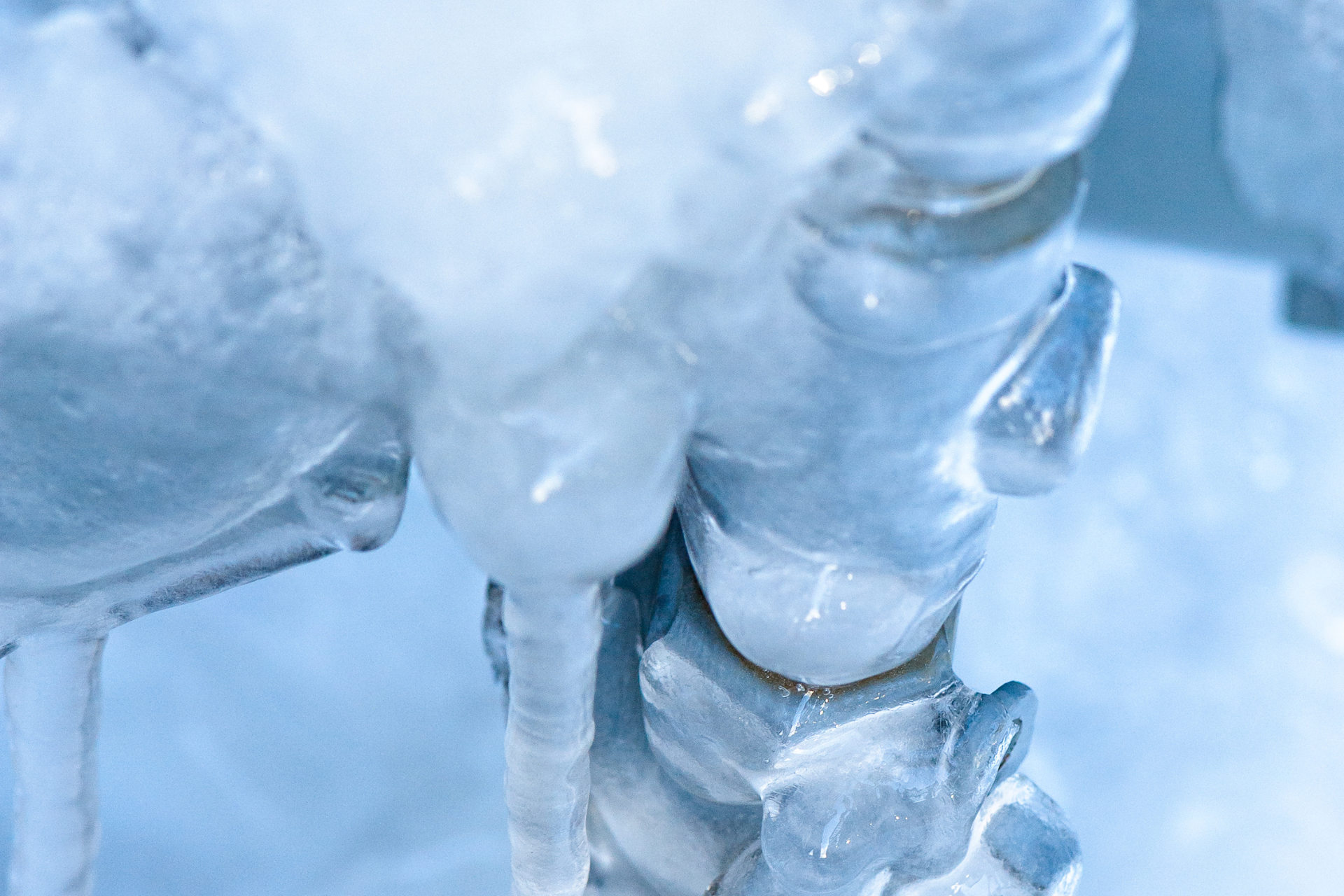
Winter is a beautiful season, but it can also bring some challenges, especially when it comes to your home's plumbing. Frozen pipes are a common issue that can cause significant damage if not addressed properly. At Riverway Plumbing & Mechanical, we want to help you protect your home from the potential hazards of freezing pipes. This guide will provide you with practical tips to prevent your pipes from freezing and what to do if they do freeze. Why Preventing Frozen Pipes is Crucial Frozen water pipes can lead to severe consequences, including: Flooding due to burst pipes Damage to your furnace Structural damage to your home Potential for mold growth Even a small crack in a pipe can result in hundreds of gallons of water flooding your home. Pipes can freeze and burst when temperatures dip below 32 degrees Fahrenheit, affecting homes in both cold and warmer climates. By following the preventative measures below, you can reduce the risk of frozen pipes and the resulting property damage. Tips to Prevent Frozen Pipes 1. Insulate Your Pipes Exposed pipes are more susceptible to freezing. Insulate pipes in your home's crawl spaces and attic, even if you live in a climate where freezing is uncommon. Pipe insulation is an affordable and effective way to protect your plumbing. 2. Use Heat Tape or Heat Cables Heat tape or thermostatically-controlled heat cables can be used to wrap pipes. Choose products designed for your specific use (interior or exterior) and approved by an independent testing organization, such as Underwriters Laboratories Inc. Follow the manufacturer's installation and operation instructions carefully. 3. Seal Leaks Check for air leaks around electrical wiring, dryer vents, and pipes. Seal any leaks with caulk or insulation to help keep the cold out. Preventing cold air from entering your home is a crucial step in keeping your pipes from freezing. 4. Secure Outdoor Hoses, Valves, and Faucets Before winter sets in, disconnect garden hoses and, if possible, use an indoor valve to shut off and drain water from pipes leading to outside faucets. This can help prevent freezing in the short span of pipe just inside the house. 5. Let Water Drip Allowing a trickle of warm water to drip overnight when temperatures are cold can prevent your pipes from freezing. This is especially effective for faucets on exterior walls. 6. Adjust the Thermostat Keep your thermostat set at the same temperature day and night. During extreme cold, this can also reduce the strain on your furnace and help prevent frozen pipes. 7. Open Cabinet Doors Opening cabinet doors allows heat to reach un-insulated pipes under sinks and appliances near exterior walls. What to Do If Your Pipes Freeze If your pipes do freeze, don't panic. Here are some steps to take: 1. Call a Plumber If you turn on your faucets and nothing comes out, leave the faucets turned on and contact your plumber immediately. 2. Avoid Open Flames Never try to thaw a pipe with a torch or other open flame, as this can create a fire hazard. 3. Use a Hair Dryer (With Caution) You may be able to thaw a frozen pipe using a hair dryer. Ensure you are not in or near standing water or flammable materials. Start by warming the pipe as close to the faucet as possible, working towards the coldest section of the pipe. 4. Shut Off the Water Supply If your water leak detection system goes off or your pipes burst, turn off the water at the main shutoff valve in your house. Ensure everyone in your family knows where the shutoff valve is and how to operate it. By taking these steps, you can help prevent your pipes from freezing and protect your home from potential water damage. For more information or assistance with winter home maintenance, contact Riverway Plumbing & Mechanical. We're here to help you stay warm and worry-free this winter.
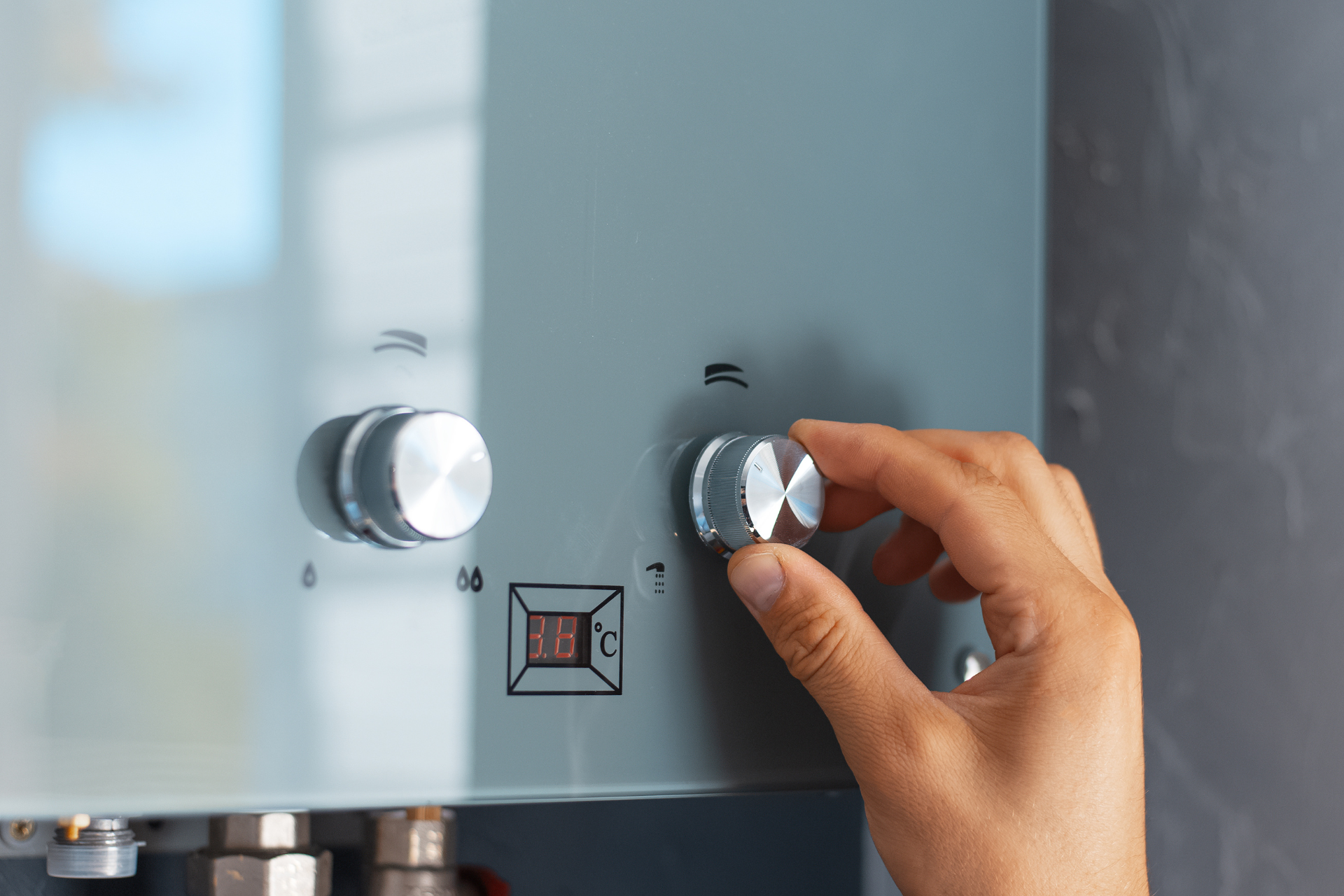
When it comes to water heaters, homeowners typically have two main options: traditional tank water heaters and tankless water heaters. Understanding the differences between these two types can help you make an informed decision that best suits your home’s needs. At Riverway Plumbing & Mechanical, we're here to provide you with all the essential information. How Does a Storage Tank Water Heater Work? A traditional tank water heater stores hot water in an insulated tank, which can hold between 30 and 80 gallons. The heater continuously heats the water, keeping it ready for use. Here’s a breakdown of how it works: Cold Water Supply : Cold water enters the tank from the bottom through a dip tube. Heating Process : A gas burner or electric element heats the water. Heat Rises : As the water heats, it rises to the top of the tank. Hot Water Outlet : Hot water is drawn from the top of the tank when you turn on a hot water tap. How Does a Tankless Water Heater Work? Unlike traditional water heaters, tankless models do not store hot water. Instead, they heat water on demand using a powerful heat exchanger. Here’s how a tankless system operates: Cold Water Entry : Cold water enters the unit when a hot water tap is turned on. Heating Process : A gas burner or electric element quickly heats the water as it passes through the exchanger. Hot Water Outlet : The heated water is then delivered directly to the tap, shower, or appliance. Storage Tank Water Heaters: Pros and Cons Advantages: Lower Upfront Costs : Tank water heaters are generally less expensive to purchase and install. High Capacity : Can supply hot water to multiple fixtures simultaneously. Simplicity : Easier to install and repair compared to tankless models. Disadvantages: Energy Inefficiency : Continuously heating water can lead to higher energy bills. Space Requirements : Requires significant space for installation. Limited Lifespan : Typically lasts 10-15 years with maintenance. Risk of Leaks : Tanks can develop leaks over time, potentially causing damage. Tankless Water Heaters: Pros and Cons Advantages: Energy Efficiency : Heats water only when needed, reducing energy consumption. Space-Saving : Compact design takes up less space. Longer Lifespan : Can last up to 20 years with proper maintenance. Less Risk of Leaks : No tank means less chance of leaks and water damage. Disadvantages: Higher Upfront Costs : More expensive to purchase and install. Installation Complexity : May require modifications, such as new gas lines or venting. Limited Availability : Not as widely available as traditional tank models. Sizing and Cost Considerations Storage Tank Water Heaters Sizing: Determine the size needed based on your household’s peak hour demand. This can be calculated by adding up the flow rates of all hot water fixtures used during the busiest hour. Cost : Installing a tank water heater can range from $2,000 to $5,500, depending on whether it’s electric or gas. Tankless Water Heaters Sizing: Based on your home’s water usage and the required temperature rise. Calculate the gallons per minute (GPM) needed during peak usage times. Cost : Installation costs for tankless heaters can start at $8,000, reflecting their higher efficiency and longer lifespan. Which is Right for You? Choosing between a tank and tankless water heater depends on your home’s specific needs and your long-term goals. Here are some key points to consider: Immediate Needs : If you need a quick and affordable solution, a tank water heater may be best. Energy Savings : For long-term savings on energy bills, a tankless water heater is more efficient. Space Constraints : If space is limited, a tankless unit’s compact size is advantageous. Lifespan : Tankless heaters offer a longer lifespan, which might justify the higher initial cost. At Riverway Plumbing & Mechanical, we can help you assess your home’s requirements and guide you in choosing the best water heater solution. Contact us today to learn more about our services and to get professional advice on your water heating needs.
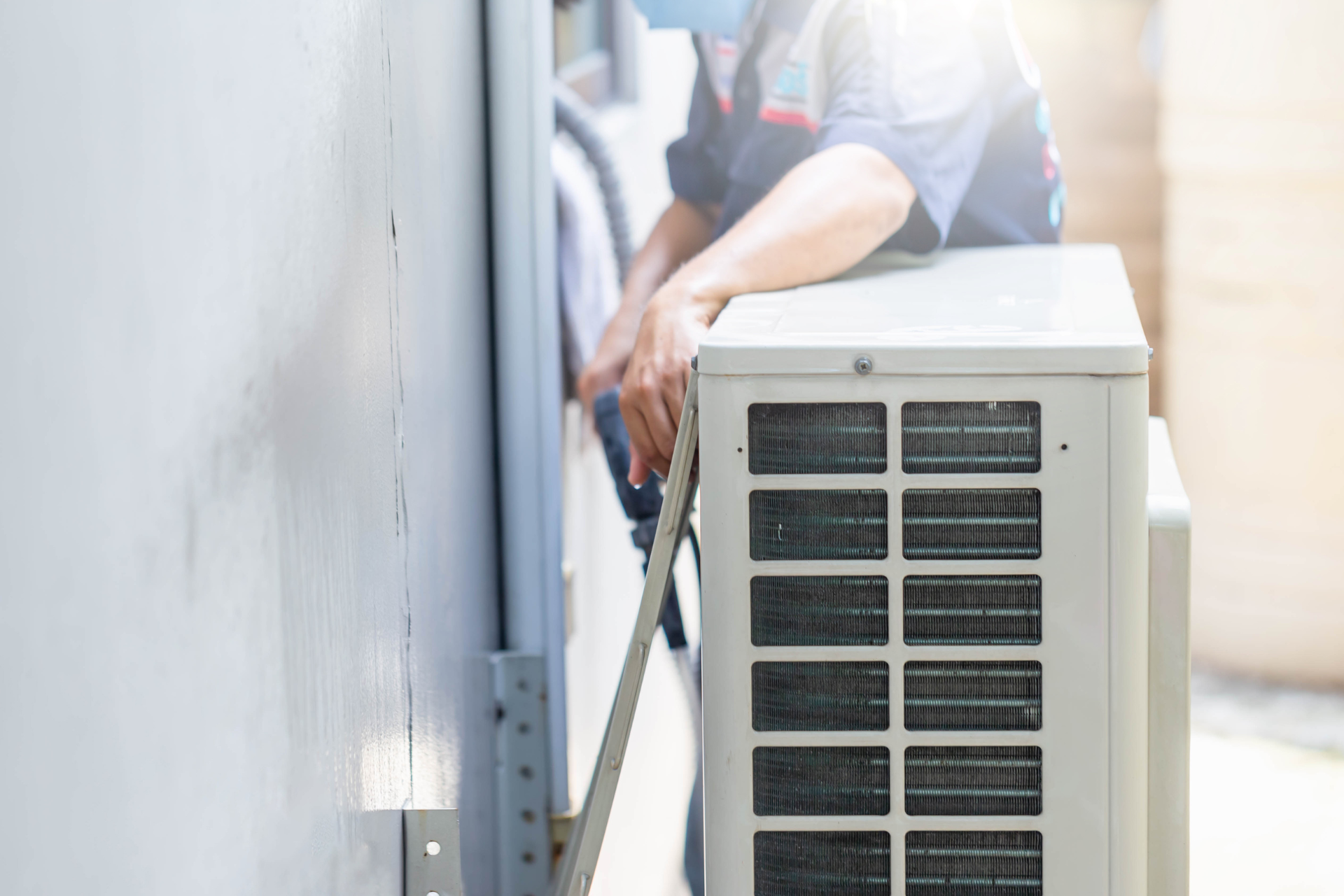
When it comes to maintaining a comfortable and energy-efficient home, your HVAC system plays a crucial role. However, like all appliances, HVAC systems have a finite lifespan. Recognizing the signs that it’s time to replace your system can save you from unexpected breakdowns and high repair costs. Here are some critical indicators that your HVAC system may need to be replaced: Aging Equipment HVAC systems typically last between 10 to 15 years. If your system is approaching or has surpassed this age range, it’s time to start considering a replacement. Older systems are less efficient and more prone to breakdowns, leading to increased energy bills and repair costs. Frequent Repairs If you find yourself frequently calling for repairs, it may be more cost-effective to invest in a new HVAC system. Frequent breakdowns not only drain your wallet but also indicate that your system is struggling to meet your home’s heating and cooling needs. Rising Energy Bills A sudden increase in your energy bills without a corresponding increase in usage can be a sign that your HVAC system is losing efficiency. As systems age, they work harder to provide the same level of comfort, leading to higher energy consumption. Uneven Temperatures Do you notice hot or cold spots in different areas of your home? Uneven temperatures can signal that your HVAC system is no longer able to distribute air evenly. This issue can be caused by a variety of factors, including an aging system, ductwork problems, or insufficient insulation. Excessive Noise While all HVAC systems make some noise, loud or unusual sounds such as banging, rattling, or squealing can indicate serious problems. These noises often result from components wearing out or becoming loose, and they suggest it might be time for a replacement. Poor Air Quality Your HVAC system plays a vital role in maintaining indoor air quality. If you notice increased dust, humidity issues, or a persistent stale smell, your system may not be effectively filtering the air. This can lead to health problems, especially for those with allergies or respiratory conditions. Inconsistent Humidity Levels Maintaining the right humidity level is essential for comfort and health. If your home feels too humid in the summer or too dry in the winter, your HVAC system might not be operating correctly. This imbalance can lead to mold growth or respiratory issues and often signifies the need for a new system. Advanced Age of Electrical Panels If your HVAC system relies on an outdated electrical panel, particularly if it’s original to a home over 25 years old, it might be time for an inspection. Frequent breaker trips, visible rust or damage, and burning smells are signs that your panel might not handle the power requirements of modern HVAC systems efficiently or safely. Increased Use of Power Strips Overreliance on power strips due to a shortage of outlets can indicate that your current electrical setup is outdated. This issue can affect your HVAC system's performance and suggests the need for an upgrade to handle additional circuits and major appliances. Preparing for Major Home Upgrades If you’re planning significant renovations or adding major appliances, it’s crucial to ensure your HVAC system can handle the increased load. An outdated system may not be equipped to support these changes, making a replacement necessary for optimal performance and safety. Recognizing these signs early can help you avoid unexpected breakdowns and ensure your home remains comfortable and energy-efficient. If you’re experiencing any of these issues, it might be time to consider replacing your HVAC system. At Riverway Plumbing & Mechanical, we’re here to help you with all your HVAC needs. Let us know if you're experiencing any of these signs, and we’ll provide a professional assessment and the best solutions for your home. For expert advice and reliable service, contact Riverway Plumbing & Mechanical today. Your comfort is our priority!
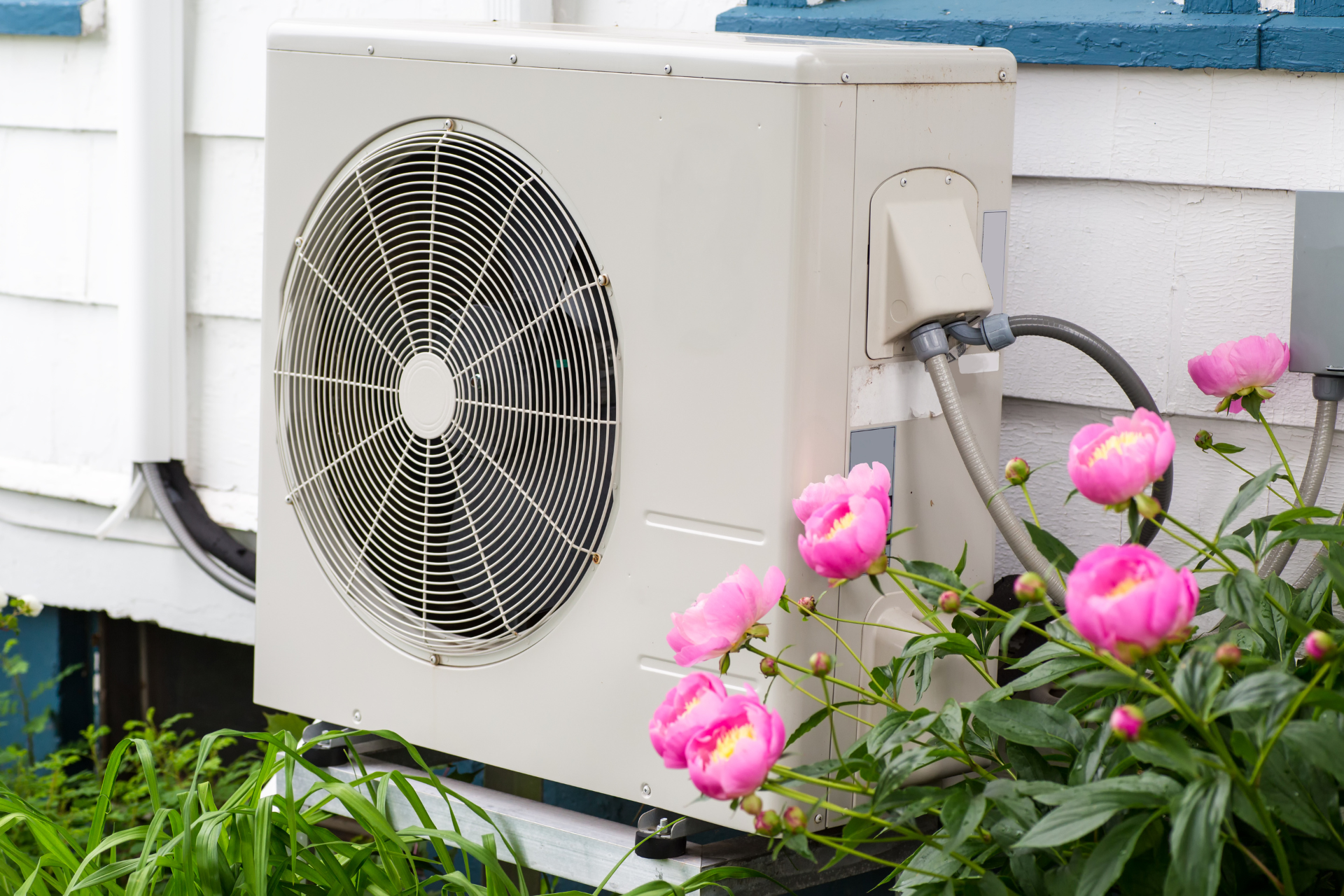
As temperatures rise, so do cooling costs. At Riverway Plumbing & Mechanical, we understand the importance of keeping your home comfortable without breaking the bank. Here are some practical tips to help you lower your cooling expenses while maintaining a pleasant indoor environment. Optimize Your Thermostat Settings One of the simplest and most effective ways to reduce cooling costs is by using a programmable thermostat. This allows you to set specific temperatures for different times of the day, reducing the load on your AC when you're not home. According to the Department of Energy, adjusting your thermostat by 7-10 degrees Fahrenheit for 8 hours a day can save you up to 10% annually on heating and cooling. Block Out the Sun Curtains and blinds aren't just for privacy—they can also help insulate your home. By blocking out the sun’s heat, you reduce the indoor temperature and lessen the strain on your air conditioning system. Research indicates that medium-colored drapes with white plastic backings can reduce heat gains by about 33%. Leverage Ceiling Fans Ceiling fans are a great complement to your air conditioning system. They help distribute cool air more evenly throughout your living space, making it feel cooler. This allows you to set your thermostat a few degrees higher without sacrificing comfort. Just remember to turn off fans when you leave the room, as they cool people, not spaces. Seal Your Home Cracks and gaps around windows and doors can let cool air escape and warm air enter, making your AC work harder. Sealing these openings improves your home's airtightness, enhancing the efficiency of your cooling system and reducing energy consumption. Turn Off Unnecessary Lights Turning off lights when they’re not needed can reduce your cooling costs in two ways. First, many light bulbs emit heat, which can increase the room's temperature. Second, reducing electricity usage for lighting decreases the overall load on your AC system, allowing it to run more efficiently. Minimize Heat-Generating Activities Using appliances like ovens and clothes dryers during the hottest parts of the day can raise your home’s temperature, forcing your AC to work harder. Try to use these appliances in the early morning or late evening when it’s cooler. Utilize Exhaust Fans Exhaust fans in kitchens and bathrooms can help remove hot, humid air from your home. Using these fans while cooking or after a shower can make it easier for your AC to cool the space, improving efficiency and lowering costs. Maintain Your Air Filters Dirty air filters can block airflow and make your HVAC system work harder to cool your home. Regularly cleaning or replacing these filters can improve system efficiency, reducing energy use and cooling costs. Set Your Thermostat to 78 Degrees Setting your thermostat to 78 degrees Fahrenheit when you’re home and awake is an effective way to lower cooling costs. This temperature is generally comfortable and helps your AC run more efficiently. Use a Dehumidifier High humidity can make your home feel hotter. A dehumidifier removes excess moisture from the air, making it feel cooler even at higher temperatures. This reduces the workload on your AC and lowers energy costs. Insulate Your Attic Proper attic insulation prevents heat from entering your home, reducing the strain on your AC system. This can lead to significant energy savings and lower cooling costs over time. Choose Microwave or Slow Cooker Over Oven Cooking with a microwave or slow cooker generates less heat than using a traditional oven or stove, which helps keep your kitchen cooler and reduces the need for additional cooling. Install Weatherstripping Weatherstripping around doors and windows helps seal gaps where cool air can escape and warm air can enter, enhancing your AC system's efficiency and lowering your energy bills. Manage Unused Rooms Turning off the AC or closing vents in rooms that are not in use can help reduce overall cooling costs by focusing cooling efforts only where they are needed. Strategic Thermostat Placement Place your thermostat in a location that receives balanced airflow for accurate temperature readings. Avoid areas near windows, doors, or heat-generating appliances, which can cause incorrect temperature readings and increase energy costs. Use Heat Control Window Film Installing heat control window film reflects the sun’s rays, reducing heat gain through windows. This lowers the workload on your AC system, saving energy and money. Shade Your Home Naturally Planting shade trees or installing awnings can block direct sunlight from heating your home. This natural cooling method reduces the demand on your AC system and lowers energy bills. Regular HVAC Maintenance Consistent maintenance is key to keeping your HVAC system efficient. Schedule regular service visits to clean and inspect your system, ensuring it runs smoothly and efficiently, which can lead to reduced cooling costs. Check for Duct Leaks Inspect your ductwork for leaks, which can waste cooled air and force your AC to work harder. Sealing any leaks ensures efficient airflow and lowers energy bills. Consider an HVAC Upgrade If your HVAC system is more than 10-15 years old, upgrading to a newer, more energy-efficient model can significantly reduce your cooling costs. Modern systems often feature advanced technology for better temperature control and efficiency. By implementing these strategies, you can enjoy a cooler home while saving on energy costs. For personalized advice and professional assistance, contact Riverway Plumbing & Mechanical to schedule a consultation today. Let us help you optimize your cooling system for maximum efficiency and comfort.

